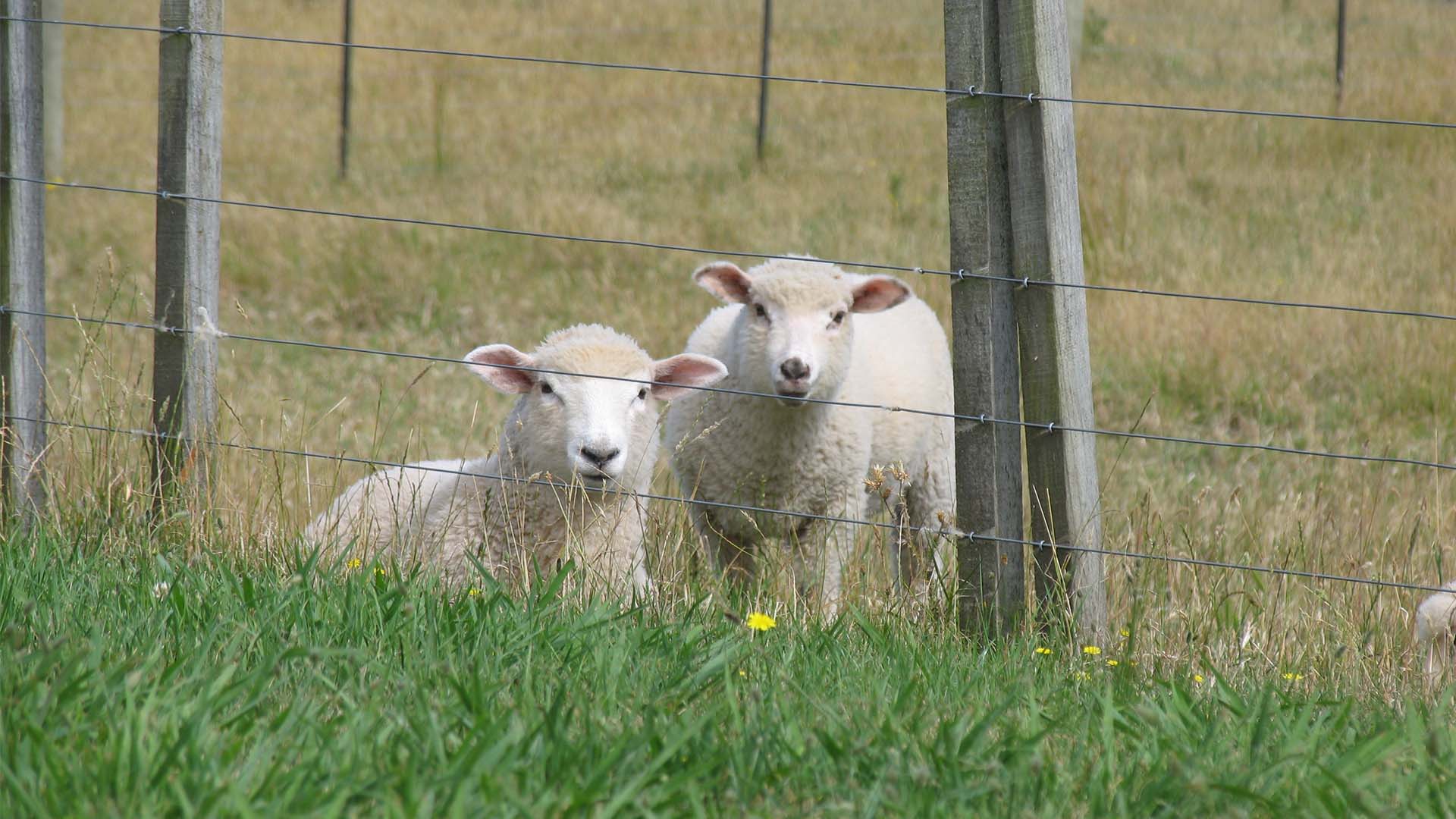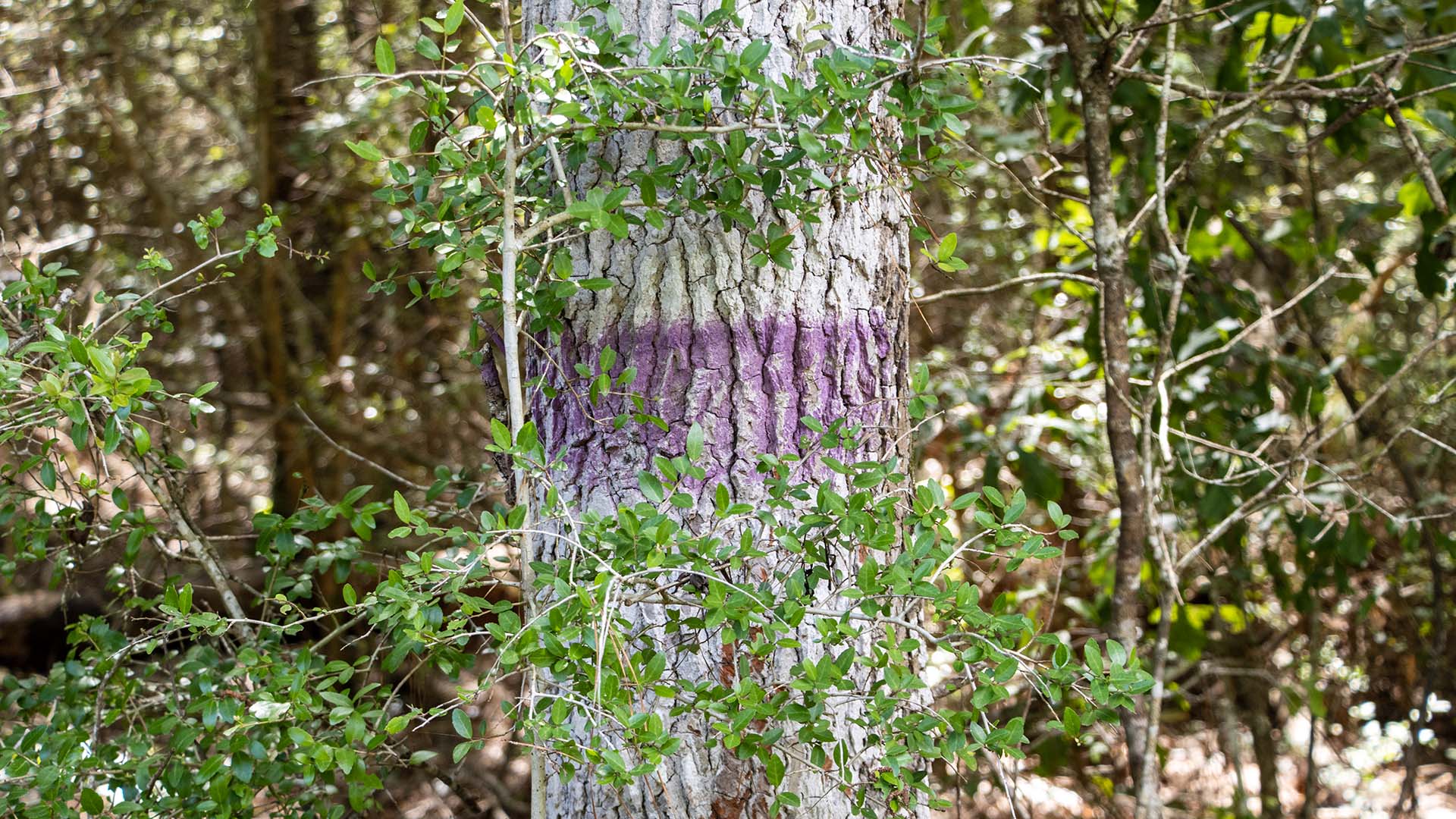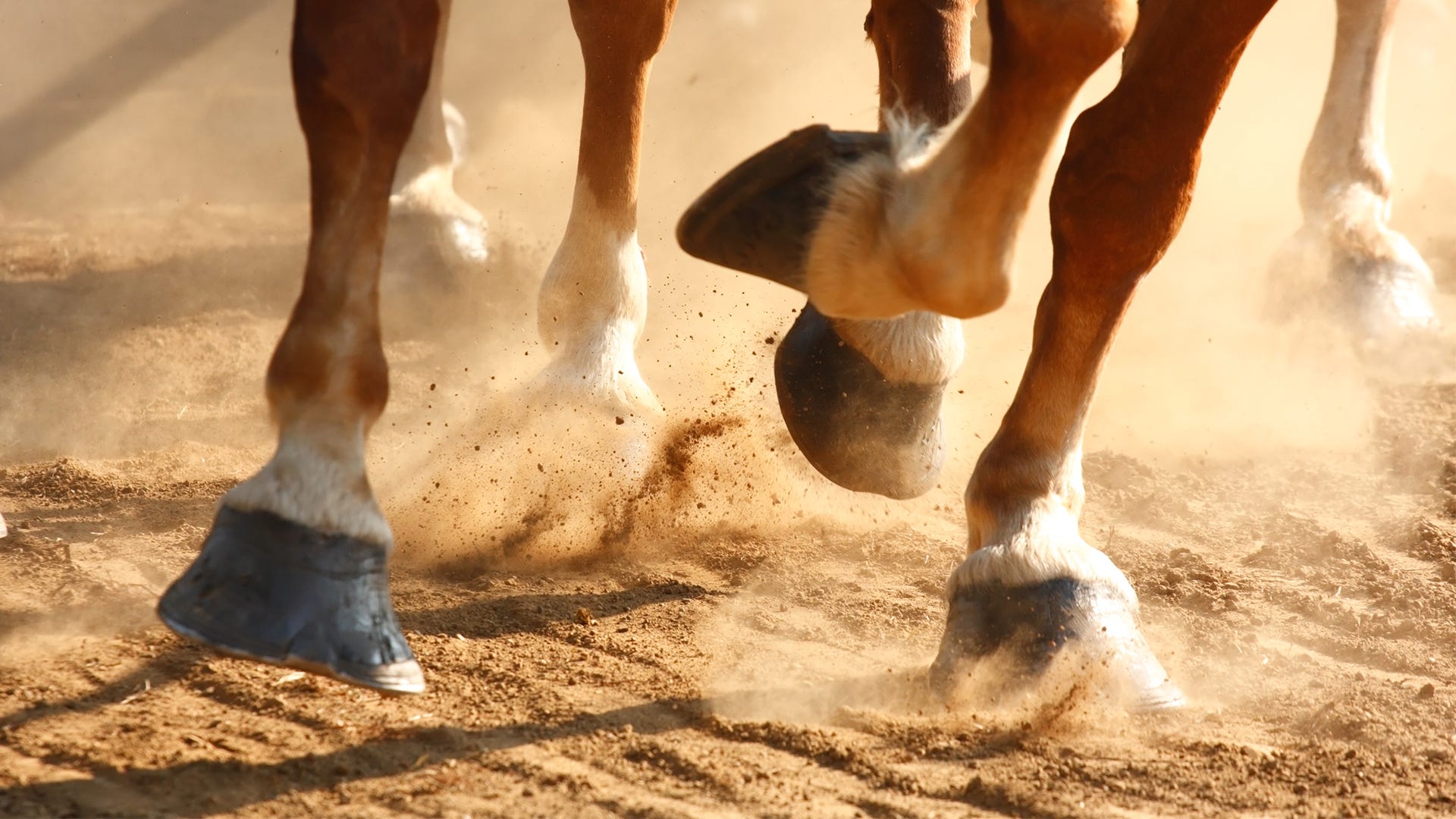
One of the most damaging – and most common – conditions that horses and ponies are affected by is laminitis. Understanding this disease can help you prevent and stop it as soon as it starts. This disease can lead to permanent unsoundness or lameness, or in severe cases, it may result in death. So it’s important to recognize the impact of the disease on your horse.
Learn what laminitis is and how you can prevent and treat it. If you are a horse owner, you should always be on the lookout for any signs of this condition.
Breaking Down Laminitis
Laminitis is the destruction of the connective tissue within the horse foot (laminae). During this condition, the muscle forces pull on the coffin bone, potentially separating the bone from the hoof wall. As it develops further, the pedal bone in the hoof wall starts to fail. It can cause sinking, which makes the bone rotate and point to the sole.
Laminitis is a secondary disease that is caused by primary injuries or other diseases. This is a systemic disease that can create toxicity in the horse body. It usually arises in three general situations: diagnosis associated with inflammation, endocrine diseases, or mechanical overload.
The common signs that your horse might have laminitis include:
- Lameness with turning; shifting lameness with standing
- Hesitant walk, too little/too much foot lifting
- Heat in feet
- Increased heart rate (throbbing)
- Distorted hoof shape
- Stance with hind legs under their body and forefeet in front
- Stretched or bleeding laminae
- Diarrhea, infection, or inflammatory responsesv
- Change in behavior and temperament
- Muscle tension in the shoulders, back, and quarters
- Preference to walk on softer ground
If you become aware of any of these signs when examining your horse, call your vet immediately. Healing time and outcome is better when you recognize laminitis in the earlier stages.
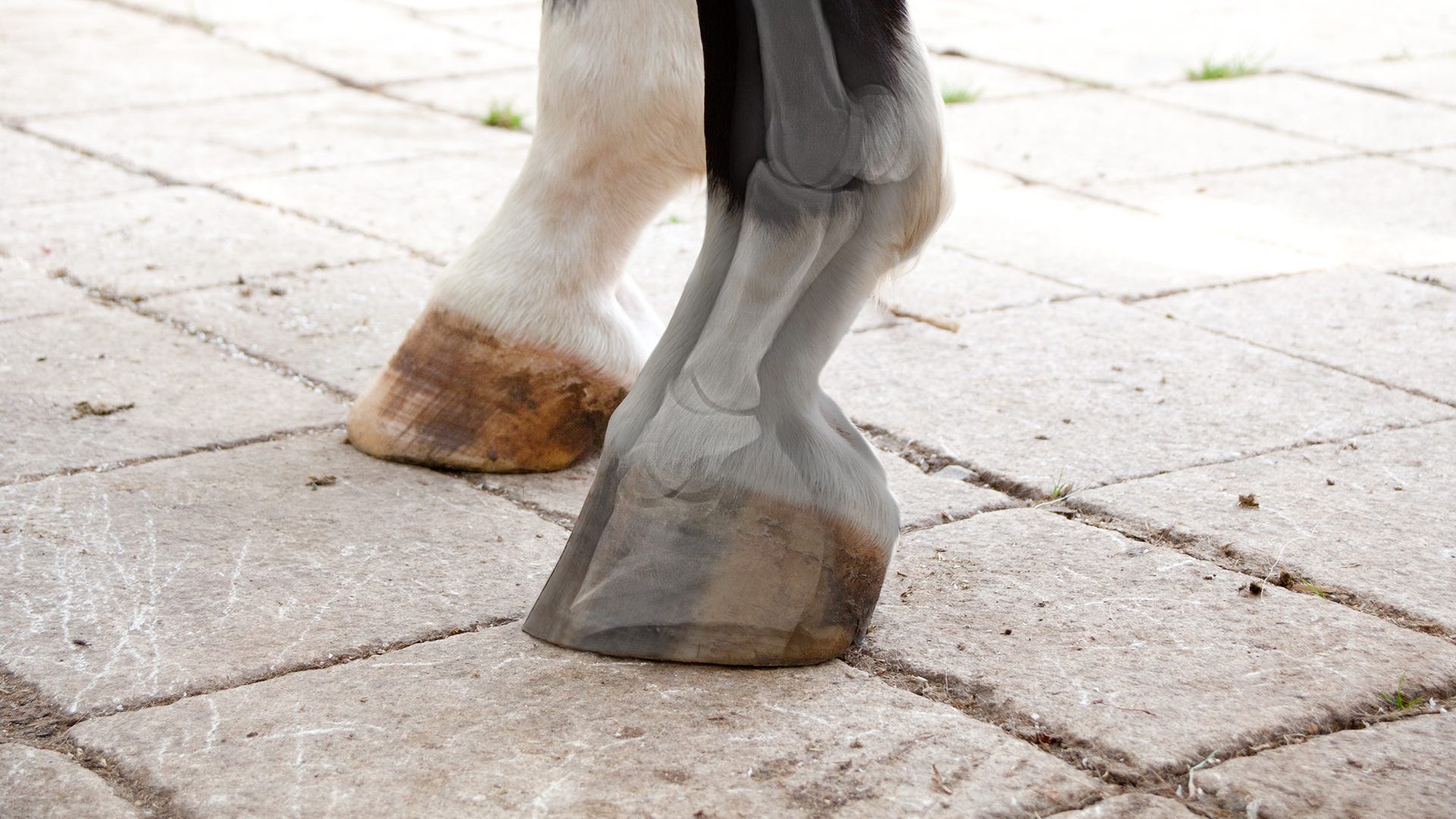
Preventing Laminitis
When preventing laminitis, the importance is understanding what causes it. When horse diets have a lot of grain, it may cause digestive upsets causing the condition. Excessive intake of sugar and starch can also trigger this ailment by raising insulin levels in the blood. Don’t make rapid changes in the food that you’re feeding your horse. Rather, introduce new food gradually so that the horse has time to adjust.
In general, obesity is a risk factor because internal fat is hormonally active, leading to changes in the feet. Keeping your horses active and feeding them the proper food can prevent weight gain and help you avoid problems later. In the winter, though, it’s perfectly normal for your horse to gain some extra weight.
Sometimes, lush pastures can alter the sugar levels in the horse's body. Limiting the time in the pasture, as well as sending samples of the grass to a lab to identify the make-up of grass, can be great preventative measures. Too much grazing can also disrupt the body and could turn into a risk factor.
Controlling and understanding horse diets is one of the easiest ways to keep an eye on laminitis developing. Additionally, it's important to make daily checks with your horse for signs of laminitis. Doing daily checks like walking on hard ground and watching the horse’s reaction, checking digital pulses, and monitoring fat deposits can show you signs of this condition.
Ponies, miniature horses, and donkeys, including older horses with Cushing’s diseases or who have had previous cases, are more likely to develop laminitis or have an increased severity of the condition.
Many cases of laminitis have unknown causes. Occasionally, this condition can be difficult to determine a specific trigger, so remain alert and patient when you start to notice symptoms.
When you recognize signs of laminitis and have had your horse looked at by the vet, there are some things that you can do to help the treatment go smoothly. Here are some ways that may help with the horse’s recovery:
- Diagnosing and treating the primary problem (as usually this is a side effect of a problem elsewhere in the body)
- Altering the diet
- Administering fluids
- Antibiotics, anti-endotoxins, anticoagulants, and vasodilators
- Stabling horse in dry stall with deep bedding and soft ground
- Draining any abscesses
- Improving blood flow to the feet
- Applying cold therapy to the feet to reduce inflammation and pain
When the cause of laminitis is found out early, and changes are made immediately, the horse has a good chance of recovery. Supporting the feet as soon as they can be realigned can also help the horse. Depending on the severity of the case, how soon you catch it, and what your vet says, laminitis recovery can vary from horse to horse.
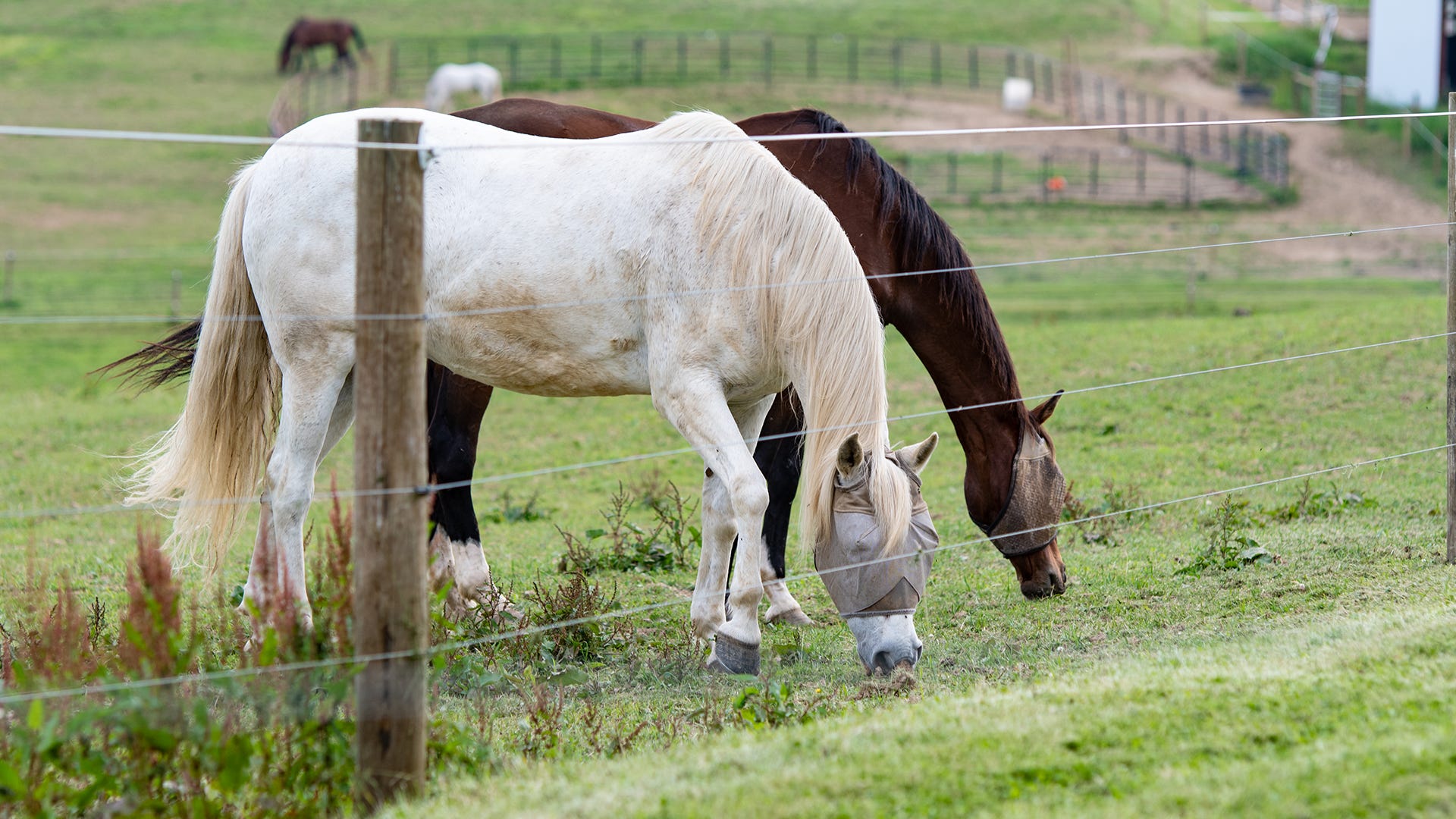
Taking Care of Your Horse
Each horse is different, and each owner has different experiences. Tell us on our Facebook page how you’ve dealt with laminitis. You can also use our advice center for creating the best possible environment and life for your horse, including information about horse fencing and electronic containment. We want to provide your horses with the best possible experience, as well as protecting them from predators that may cause harm.


